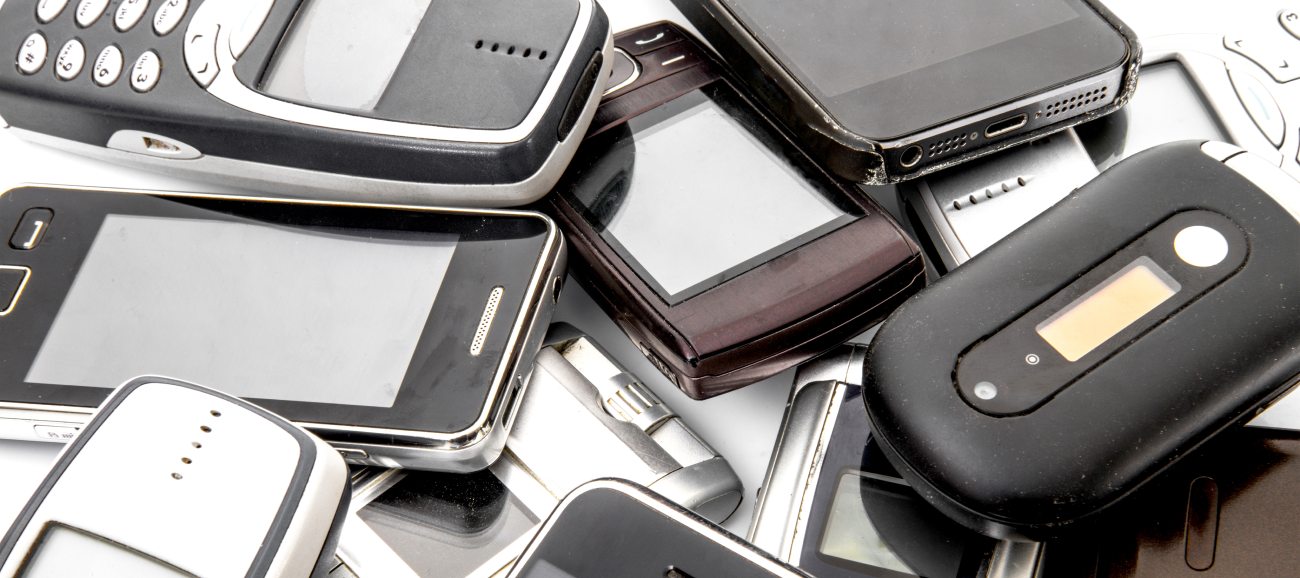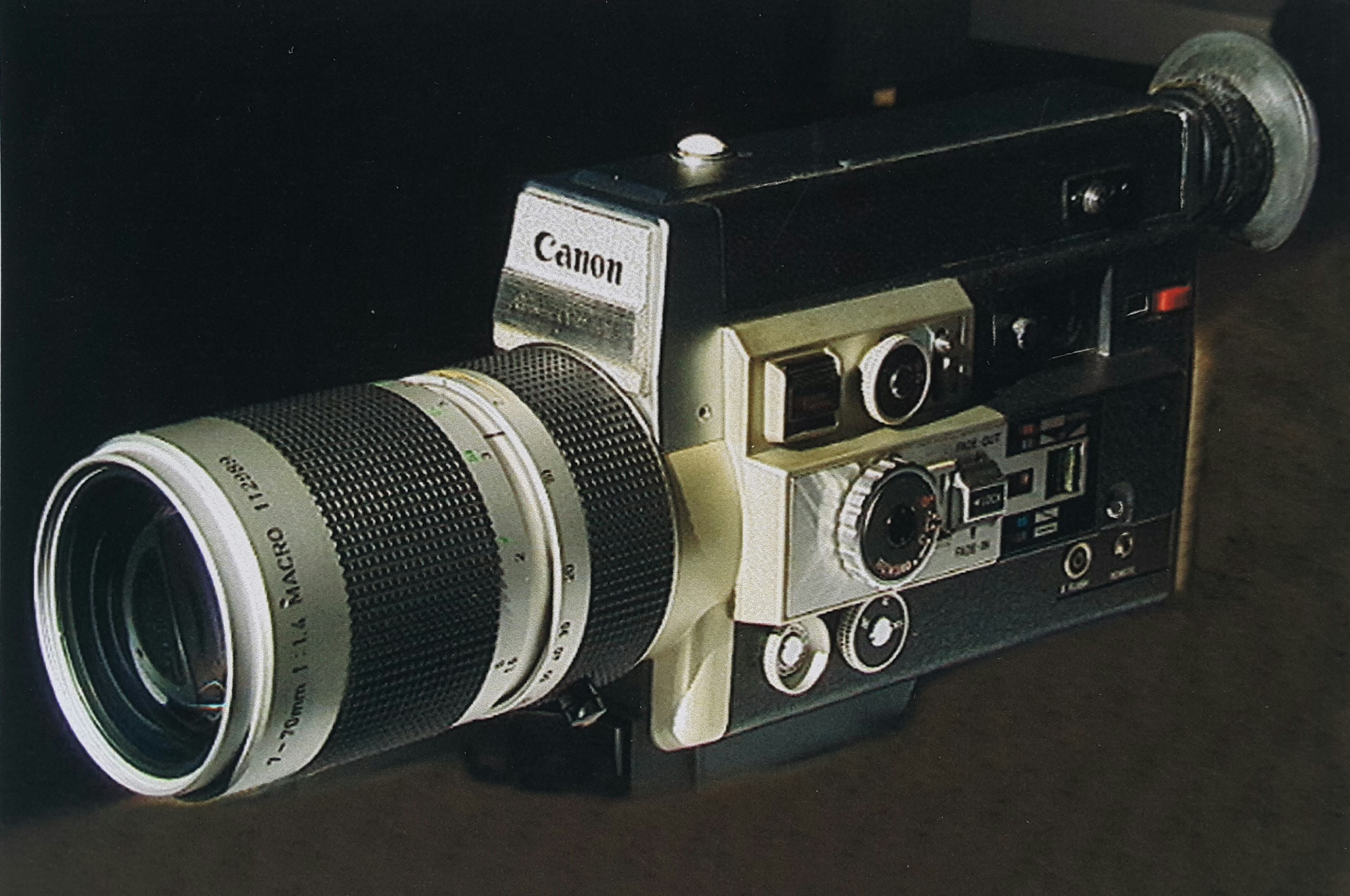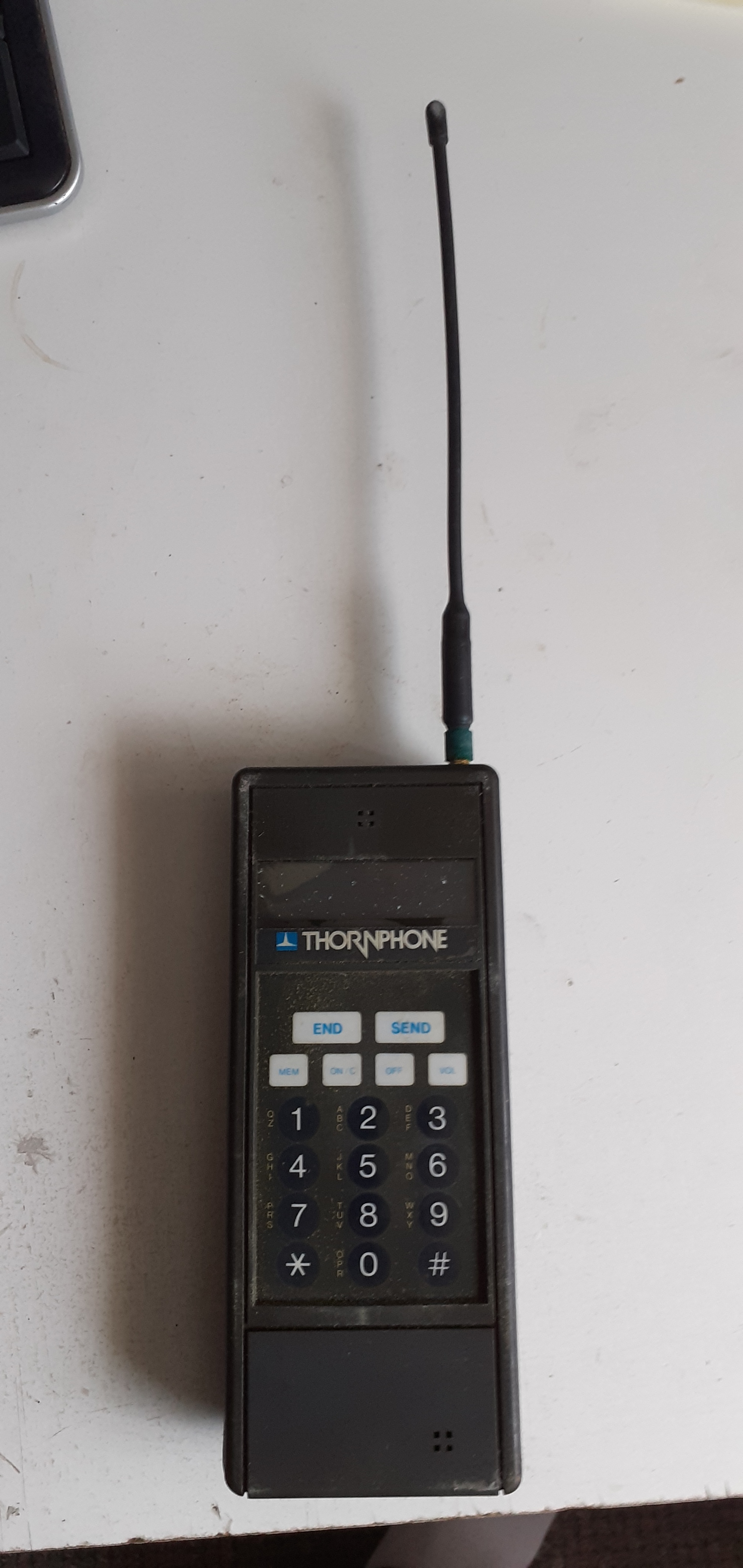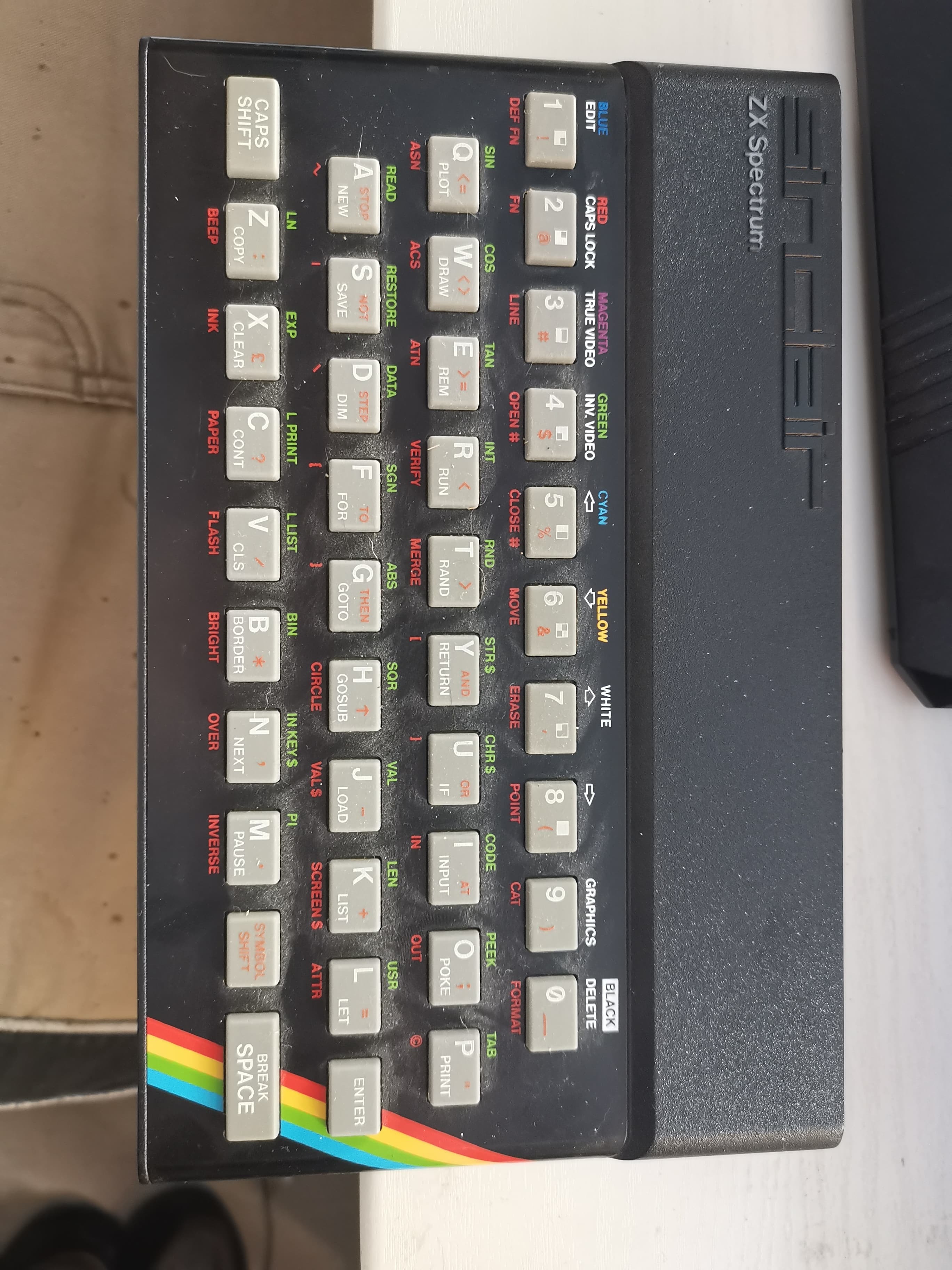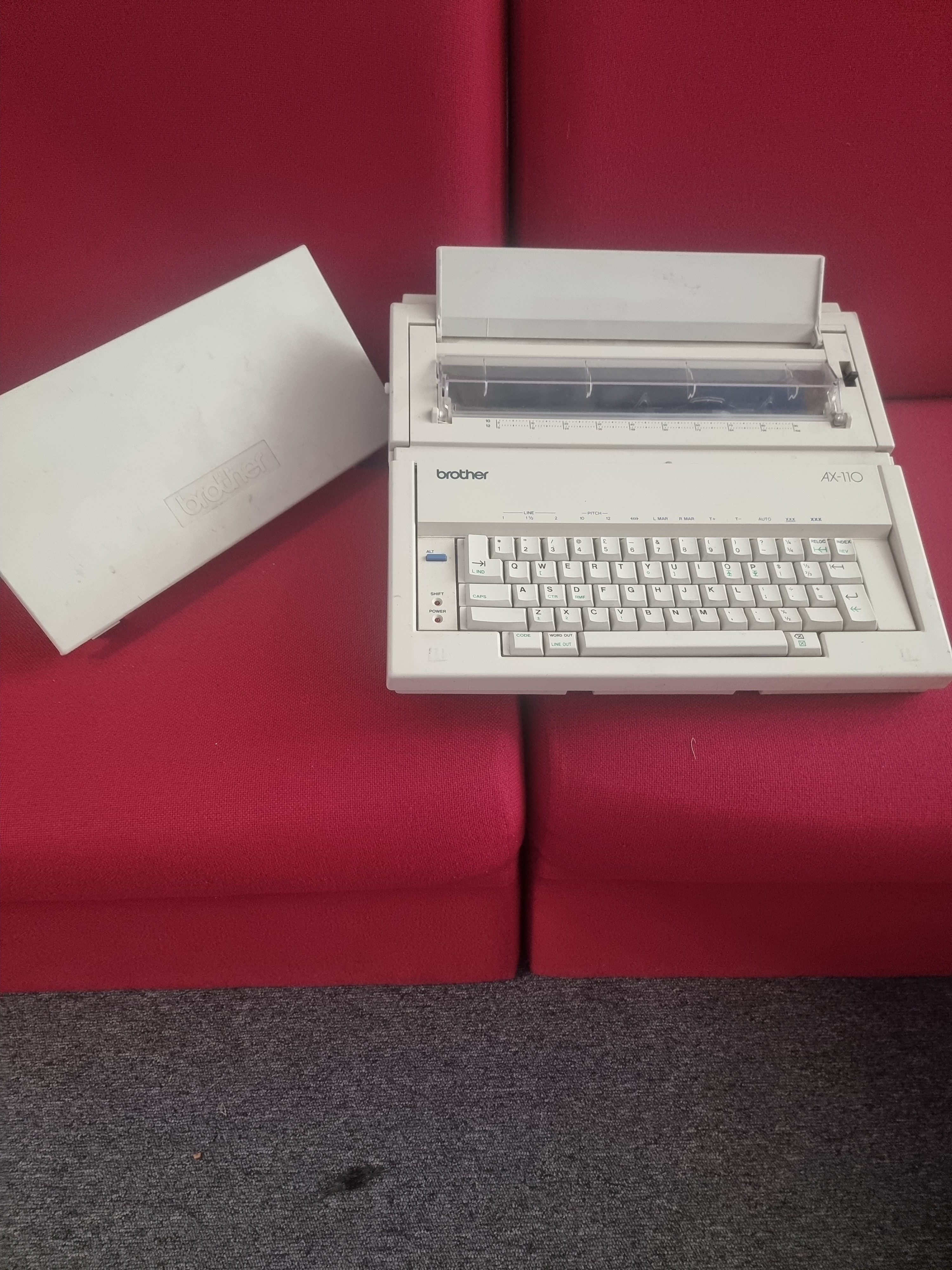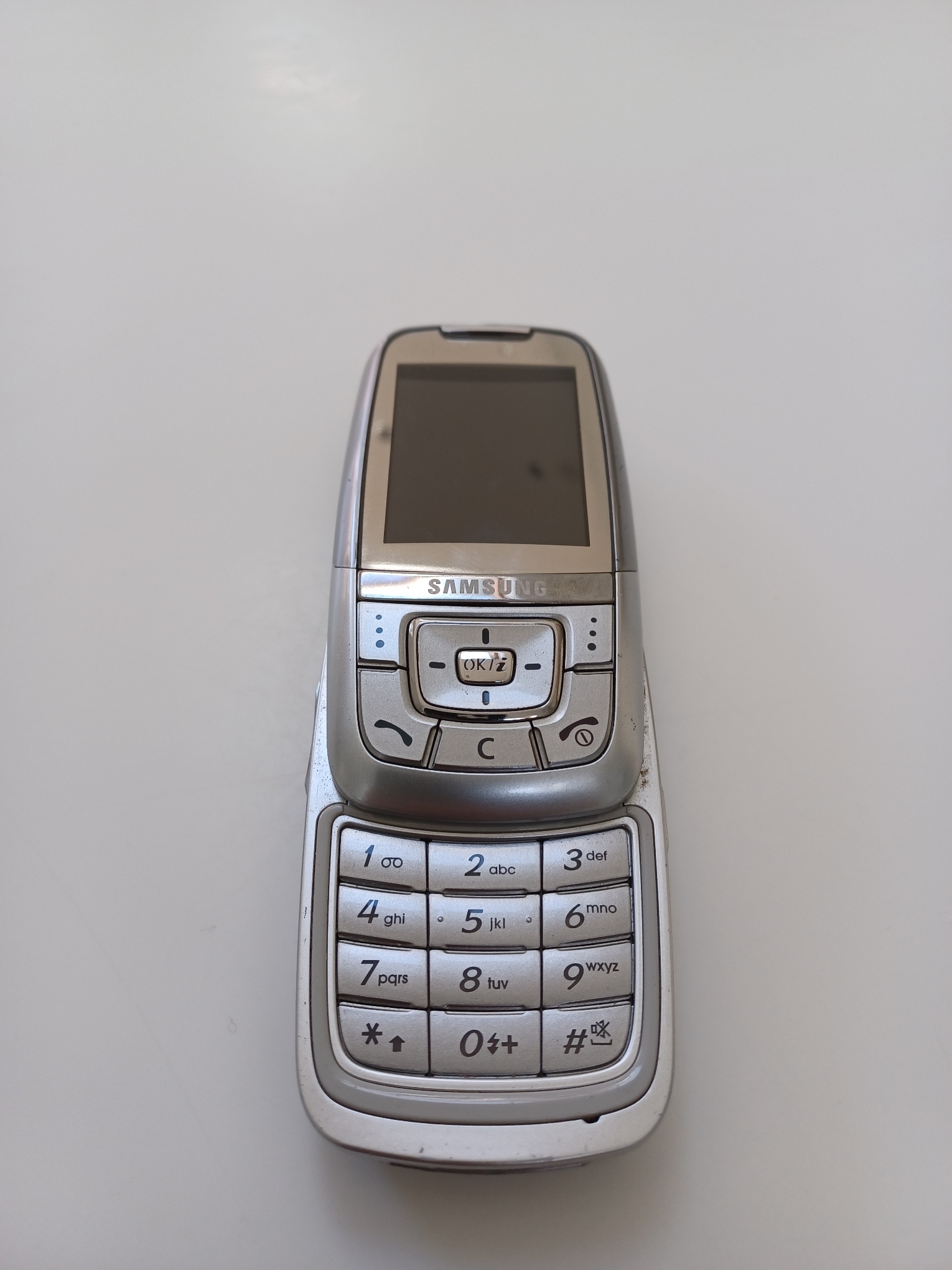Last month, the world said goodbye to the iPod, which was officially discontinued by Apple after more than 20 years (we know, it makes us feel old too). And it made us think about how much all tech – not just portable music – has changed over the years. From dial-up modem and the Sega Genesis to wireless earbuds and even smarter smartphones, come with us on this journey through tech history…
The evolution of mobile phones
At their conception, mobile phones were simple, brick-like devices with one – and only one – purpose. To make phone calls. But things have changed quite drastically since then. These days, smartphones are no longer just phones, they completely rule our lives. In fact, the average person touches their phone a whopping 2,617 times every day! But how did we get here?
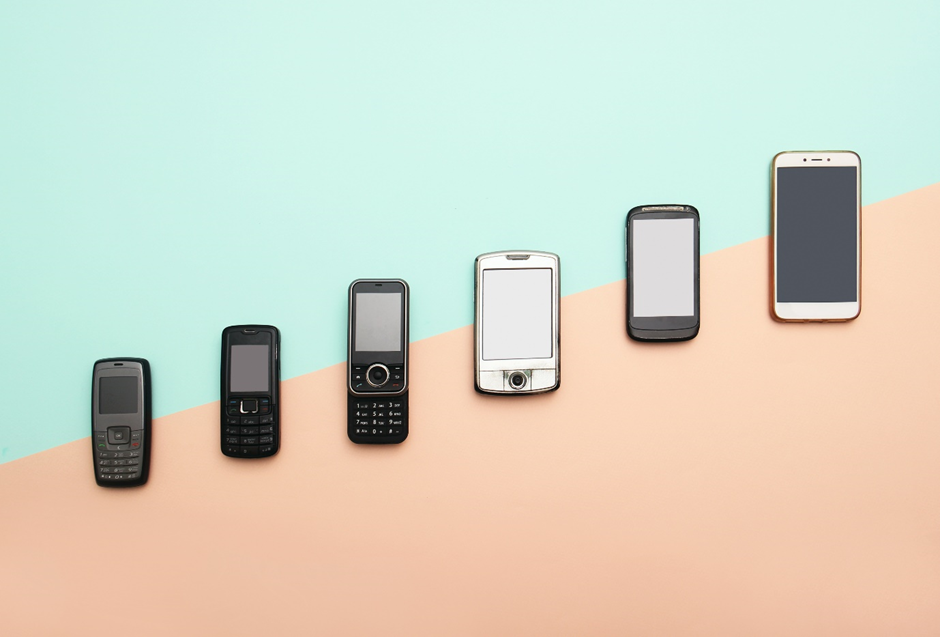
The world’s first mobile phone: 1983
It’s been almost 40 years since the world was introduced to the Motorola DynaTAC 8000X, the world’s first consumer mobile phone. And by the late 80s, more and more features were being added to the phone – including SMS (yes, you couldn’t always text on a phone) and mobile gaming.
Lights, cameras and colour: the 90s and early 00s
In the 90s, big brands like Nokia and Siemens introduced colourful displays and swappable covers. And vibration and email were added, too. And it didn’t slow down in the 00s. Sony Ericsson released a mobile with a clip-on camera (the T68i) and soon camera phones started to pop-up everywhere. But that wasn’t the only new feature. Predictive text, GPS, personalised ringtones, and the invention of picture messaging meant mobile phones were really teching it up a notch.
Smarter phones: 2007 – 2011
Swiping and scrolling quickly replaced the traditional button navigation. The LG Prada may have been the first touchscreen phone, but it was soon overshadowed by Apple’s first iPhone in May 2007. It boasted superior displays, bespoke mobile apps, and extremely user-friendly navigation.
Man’s new best friend: 2012 – present
The UK’s first 4G service launched in 2012 and voice recognition become commonplace. Smartphones soon become the centre of modern life. And today, they’re even more advanced. The best smartphones include built-in heart rate monitors, emojis, fingerprint scanning, face recognition, video calling, superfast 5G, mobile payments… our phones can do it all.
The music revolution
Sony introduced the first Walkman (the ultimate portable music player) in 1979, and it completely changed the music game. This easy-to-carry cassette player allowed you to listen to your favourite tunes wherever you went – a novel idea at the time. But we’ve come a long way since cassette players.

The Compact Disc: 1984 – 1998
Because of the popularity of the Walkman and other portable cassette players, it was a no-brainer for the CD to follow suit. Discs quickly replaced tapes, so it was only right for Sony (they weren’t the only brand, but let’s be real, they were the best) to introduce the Sony Discman in 1984.
Rise of the MP3: 1998 – 2001
Looking back, we can totally see how clunky portable cassette and CD players were. At the time, we simply didn’t care about the size. But as tech improved, players got smaller and music libraries got bigger. Say hello to MP3 players!
The i-Age: 2001 – 2007
Steve Jobs introduced us to the iPod in 2001, claiming “you can fit your whole music library in your pocket”. He wasn’t wrong. But people cared much more about the sleek design and ease-of-use. And when the iTunes Music Store launched online, they became even more popular.
The smartphone shift: 2007 – 2014
Music streaming apps eradicated the need for purchasing or downloading songs before transferring them to your phone. Instead, now you only needed to search for a song and you could listen to it straight away. In fact, streaming is so revolutionary that not many MP3 players (including Apple’s iPod) don’t exist anymore.
The world went wireless: 2015 – present
Wireless headphones and earbuds have made it easier to listen to music than ever before – from the smart features of Apple AirPods, Samsung Galaxy Buds or JBL Live+ to the true noise-cancelling tech of over-ear headphones.
Video gaming through the years
Pac-man, Pong, Space Invaders… gaming has changed a lot since the early days. 3D graphics, online gaming, and interactivity are commonplace. And it sometimes makes it easy to forget how far gaming has come.
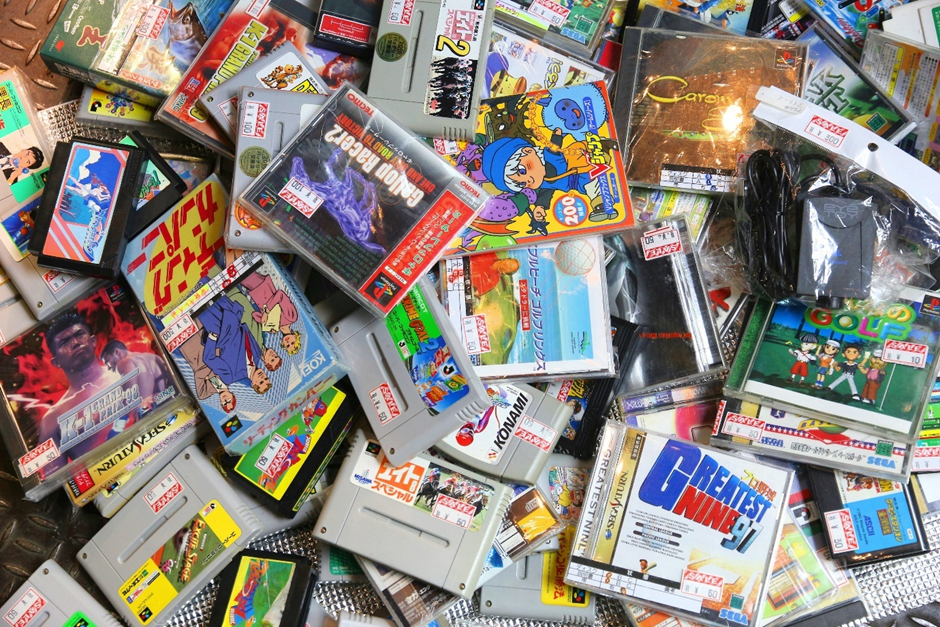
The first consoles
The first real gaming consoles were created in the late 60s and 70s. But these consoles – like Atari and Magnavox – were only designed to play one or two games. It wasn’t until the early 80s when video gaming as we know it today finally arrived. We saw a shift from built-in games to cartridge-based consoles. And the 80s also saw the rise of the Sega Mega Drive and Nintendo Entertainment System (NES).
The PlayStation generation: 1990 – 2000
Some consider the 1990s to be the Golden Age of video games. Gaming shifted again, this time from cartridges to CDs, and from 2D graphics to 3D graphics. Sony finally entered the game (get it?) in 1994 with the ground-breaking PlayStation. Sega tried to maintain their stronghold with the release of Genesis and Dreamcast (which was truly a pioneer in terms of internet capability). But the rise of Sony, and Nintendo’s continued success with the Nintendo 64, saw Sega trailing behind.
The big players: The 00s
Nowadays, the video games market is completely dominated by three major players – Xbox, Nintendo, and Sony. And it was the same in the early 00s. Sony released the equally impressive PlayStation 2, and Nintendo finally modernised with the DVD-based GameCube. Microsoft made its first entry into the industry with the critically acclaimed Xbox. But this was only the beginning. These three brands only got stronger in the late 2000s with the release of the Nintendo Wii, Xbox 360, and PlayStation 3 – which all took the gaming world by storm.
High performance gaming: 2010s – present
In more recent years, digital downloads, 4K and 8K resolution, as well as spatial audio, high-performance SSD and variable refresh rates have all revolutionised the market. With their latest consoles, the Xbox Series X, PlayStation 5 and Nintendo Switch, all three of the big players have now gone digital. Each one offers up their own online gaming services, Xbox Live, PlayStation Plus and Nintendo Switch Online.
A brief history of the internet
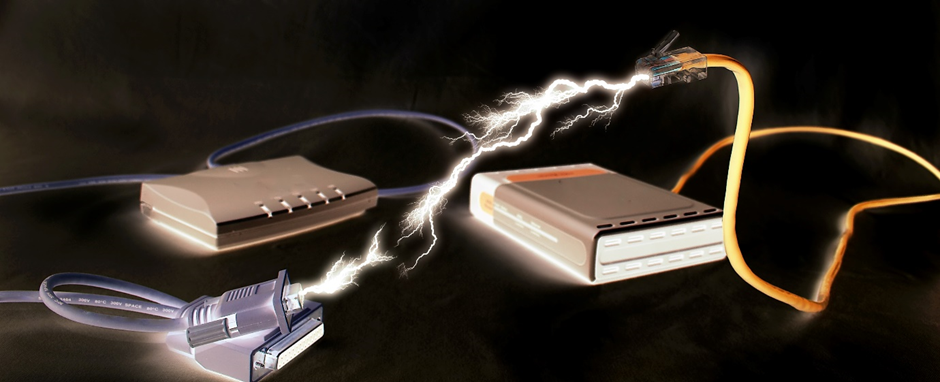
The birth of the internet: 1965 – 1991
In 1965, Lawrence Roberts made two computers in different places ‘talk’ to each other for the first time. But it wasn’t until 1991 – almost 30 years later – when the World Wide Web was invented as a way of sharing research between scientists.
Dial-up of interest: 1992 – 2000
The first version of the internet available for commercial use was known as dial-up. Never heard of it? To put it simply, dial-up internet operated through your phone line. Which meant no phone calls could be made while the internet was in use. Leading to shouts of “Mum, get off the phone” throughout households in the UK.
Broadband and Wi-Fi: 2000 – 2008
In the early 00s, broadband slowly started to replace dial-up, thanks to faster speeds and stronger connections. Plus, unlike dial-up, you didn’t have to ‘switch it on’ every time you wanted to use it. At the same time, wireless routers started to become commonplace (replacing ethernet cables that had to physically be plugged in), and Wi-Fi hotspots started popping up in cafés, restaurants, and businesses.
Fibre optics: 2008 – present
Superfast fibre optic broadband was the next step in the evolution of the internet. It utilised fibre optic cables as opposed to copper ones to improve data speeds and give everyone a much smoother internet experience.
The future of tech
What’s in store for the next generation of technology? Facebook’s move into the metaverse signals the rise of virtual reality. And 3D printing, delivery drones, and artificial intelligence are more present than ever. That’s not to mention the slightly weirder sweat-powered smart watches and energy storing bricks (yes, really, that’s a thing!). And although we might not know exactly what the future holds, if the past is anything to go by, things will keep changing – and quickly, too.
Giveaway Time:

To enter this month's giveaway we want you to tell (and show!) us what your oldest/favourite bit of retro tech that you still own is. Nokia 3210 still as good as the day you bought it? Or maybe that old hairdryer still works better than today's high tech versions. Whatever it is, send us a pic!
Those who share their thoughts (feel free to add pics!) will be in with the chance to win... one of two £50 Currys gift cards!
The competition ends at 23:59 on 22nd July 2022, and we'll announce the lucky iD community winner shortly after. Good luck!"
IMPORTANT INFO: Winners will be notified by Private message on the Community. The message will come from the official iD Mobile account or from on of our Community mods (Our mods can be identified by a small ‘iD’ badge on by their profile picture. You can check your private messages by clicking on your icon on the top left of the screen, and selecting ‘Private messages’. When you receive a private message on the Community, you’ll also receive an email informing you that you’ve received a message on the Community - this email will be sent to the email address you registered on the community with, if you signed up with Facebook, the email will be sent to the address registered on your Facebook account. So, keep an eye out!
